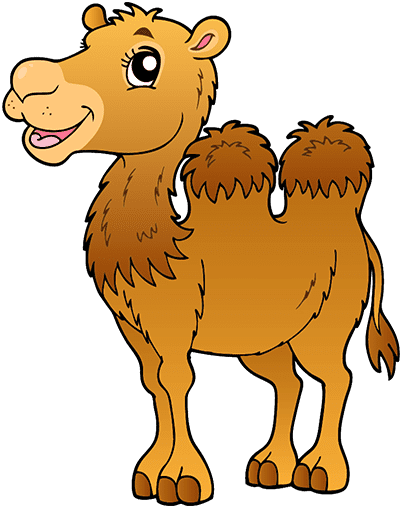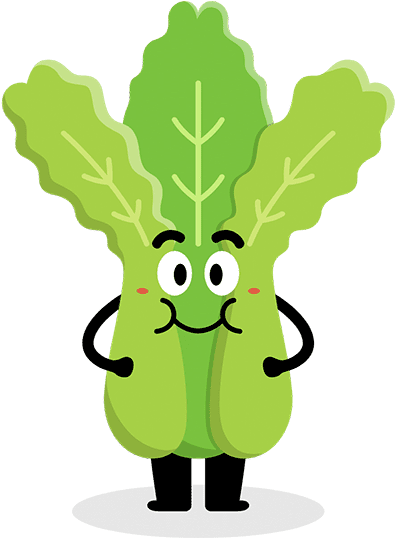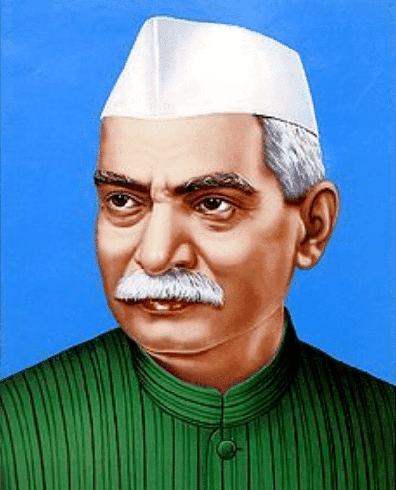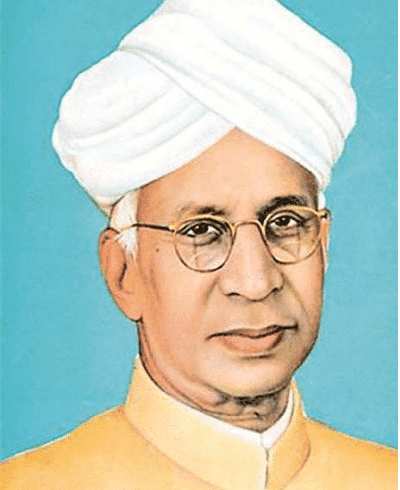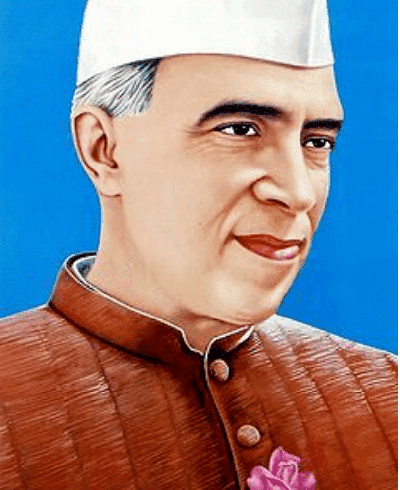An Overview of Class 2 English Our National Symbols Worksheets
FAQs on Class 2 English Our National Symbols Worksheets
1. What is India's National Flag called? Describe what its three colours represent.
India's National Flag is called the Tiranga, which means "tricolour". For your exam, it is important to know the meaning of each colour:
- Saffron on top represents courage and sacrifice.
- White in the middle stands for peace, truth, and purity.
- Green at the bottom symbolises fertility, growth, and auspiciousness of the land.
2. What is the blue wheel in the centre of the National Flag, and what do its spokes signify?
The blue wheel in the centre of our flag is the Ashoka Chakra, also known as the 'wheel of law'. It is an important symbol that represents righteousness and progress. It has 24 spokes, which symbolise the 24 hours of the day, reminding the nation to move forward continuously.
3. Who are the composers of India's National Anthem and National Song?
This is a frequently asked question. Our National Anthem, 'Jana Gana Mana', was composed by the great poet Rabindranath Tagore. Our National Song, 'Vande Mataram', was composed by Bankim Chandra Chattopadhyay.
4. Name India’s National Animal and National Bird, and explain why they were chosen.
India's National Animal is the Tiger, and the National Bird is the Peacock. These are important symbols because:
- The Tiger represents the strength, grace, and power of the nation. It was also chosen to raise awareness for its conservation.
- The Peacock symbolises beauty, grace, and pride. Its vibrant colours are often seen as a representation of India's diverse culture.
5. What is the National Emblem of India and what is its motto?
The National Emblem of India is an adaptation of the Lion Capital of Ashoka from Sarnath. It features four lions standing back to back, which symbolise power, courage, confidence, and pride. Below the lions, the motto 'Satyameva Jayate' is inscribed, which means "Truth Alone Triumphs".
6. Why is it important for every student to know about and respect our national symbols?
Respecting our national symbols is crucial because they are a reminder of our country's rich heritage, values, and unity. For students, knowing and respecting these symbols helps build a sense of patriotism and pride in being an Indian. They connect us to our history and the sacrifices made for our freedom.
7. What is an important rule to follow when the National Anthem is being played?
According to the expected conduct for the CBSE 2025-26 session, the most important rule is to show respect by standing in attention. This means standing straight and silently without moving or talking until the anthem is finished. This act shows our collective respect for the nation.
8. Besides the flag and anthem, list three other national symbols a Class 2 student should know for the exam.
For your Class 2 exam, you should also be prepared to identify these important national symbols:
- National Flower: The Lotus, which symbolises purity and beauty.
- National Fruit: The Mango, known as the 'king of fruits'.
- National Tree: The Banyan Tree, which represents immortality and a vast reach.























